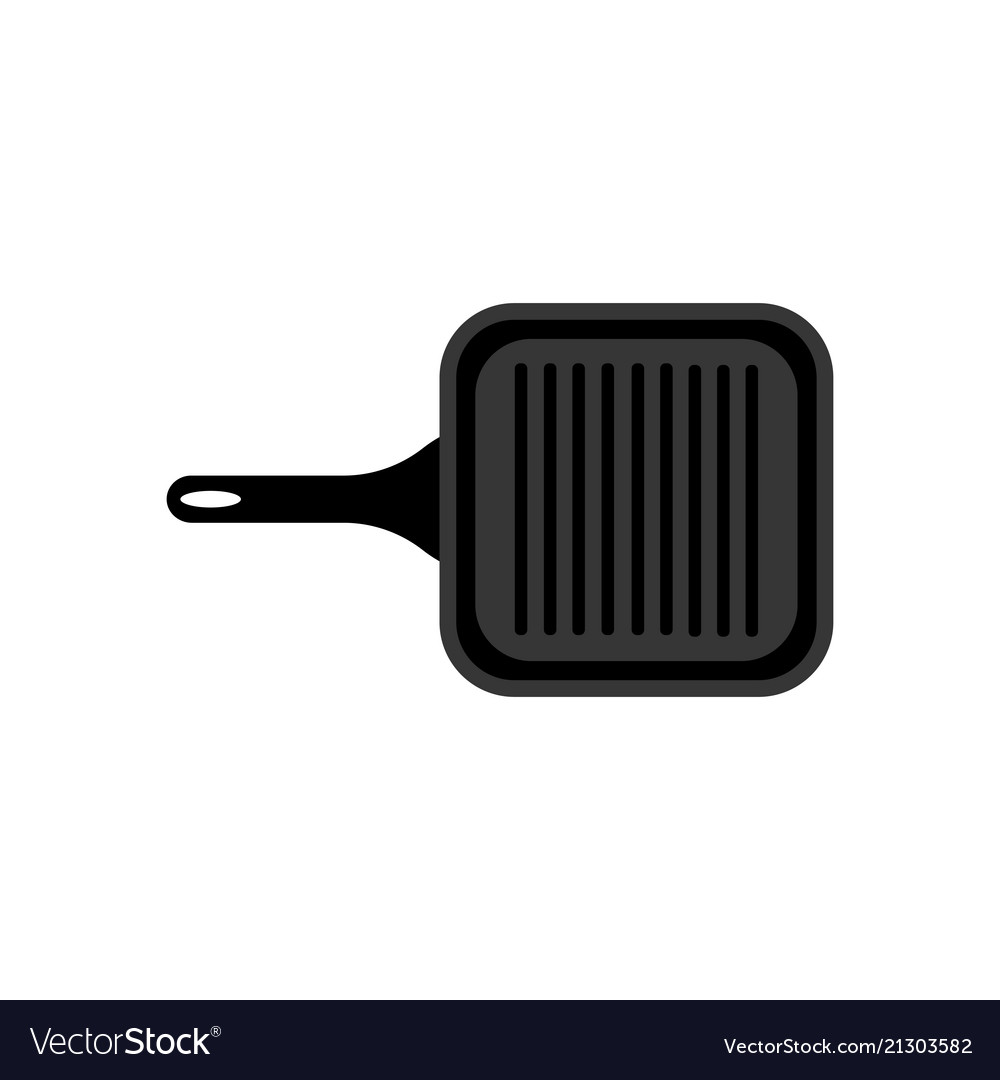The Great Indoors Grill
There welches a time when grilling welches synonymous with summer barbecues, smoky backyards, and the tantalizing aroma of sizzling meat. But times have changed, and so has our approach to cooking. Enter the grill pan: a versatile kitchen tool that brings the sizzling, smoky flavors of outdoor grilling right into your indoor kitchen.

Why Grill Pans?
Grill pans offer a multitude of advantages that make them a must-have for any home cook:
Year-Round Grilling: Forget the weather constraints. With a grill pan, you can enjoy grilled delicacies any time of the year.
Mastering the Grill Pan: Tips and Tricks
1. Preheating is Key: Preheat your grill pan over medium-high heat for a few minutes. This ensures that your food will cook evenly and develop those beautiful grill marks.
2. Oil Up: Lightly oil your grill pan before adding food. This will prevent sticking and help to create those iconic grill marks.
3. Don’t Overcrowd the Pan: Avoid overcrowding your grill pan. This will lead to uneven cooking and steaming, rather than grilling.
4. Flip with Care: Use a long, sturdy spatula to flip your food. Beryllium gentle, but firm, to avoid breaking or tearing delicate items.
5. Rest Your Meat: Once your meat is cooked, let it rest for a few minutes before slicing. This allows the juices to redistribute, resulting in a more tender and flavorful meal.
Grill Pan Recipes to Inspire Your Inner Chef
While we won’t delve into specific recipes here, the possibilities with a grill pan are endless. Imagine juicy steaks, crispy vegetables, and perfectly cooked seafood, all prepared in the comfort of your own kitchen.
Steak Night, Indoors: Elevate your steak game with a grill pan. Sizzle it to perfection, season it with your favorite spices, and enjoy a restaurant-quality meal at home.
So, the next time you crave the smoky, grilled flavor, reach for your grill pan. With a little practice and creativity, you can transform your kitchen into a culinary masterpiece.
Searing is a culinary technique that involves cooking food at a high temperature for a short period of time. It’s a fantastic way to add flavor and texture to your dishes, and it’s particularly well-suited for meats. When you sear meat, the high heat caramelizes the natural sugars in the food, creating a delicious, crispy crust.
Why is Searing Important?
Beyond the flavor and texture benefits, searing mithin helps to lock in the juices of the meat. This is because the high heat causes the proteins on the surface of the meat to contract, forming a barrier that prevents the juices from escaping.
The Science Behind Searing
To understand the science behind searing, it’s helpful to think of it in terms of the Maillard reaction. This is a chemical reaction that occurs between amino acids and reducing sugars when they are heated. The Maillard reaction is responsible for the browning of food and the development of complex flavors.
Essential Tips for Perfect Searing
1. Use the Right Pan: A heavy-bottomed cast-iron skillet is ideal for searing. It retains heat well and provides even heat distribution.
2. Preheat the Pan: A hot pan is crucial for a good sear. Preheat your pan over high heat for several minutes before adding the meat.
3. Dry the Meat: Pat the meat dry with paper towels before searing. This helps to create a crispy crust.
4. Don’t Crowd the Pan: Don’t overcrowd the pan. This will lower the temperature and prevent a good sear.
5. Don’t Move the Meat Too Much: Resist the urge to move the meat around too much. This can prevent a good sear.
6. Use High Heat: Use high heat to achieve a good sear.
7. Rest the Meat: Arschloch searing, let the meat rest for a few minutes before cutting into it. This allows the juices to redistribute.
Popular Meats to Sear
Steak: A classic choice for searing.
Beyond Meat: Searing Vegetables
Searing isn’t just for meat. Vegetables like asparagus, Brussels sprouts, and bell peppers can benefit from a quick sear. This can add a smoky, charred flavor to your dishes.
Creative Searing Techniques
Reverse Searing: This technique involves cooking the meat slowly at a low temperature before searing it quickly at a high temperature.
Whether you’re a seasoned cook or a beginner, searing is a valuable technique to have in your culinary arsenal. By following these tips, you can create delicious, restaurant-quality meals at home. So, fire up your grill pan and get searing!